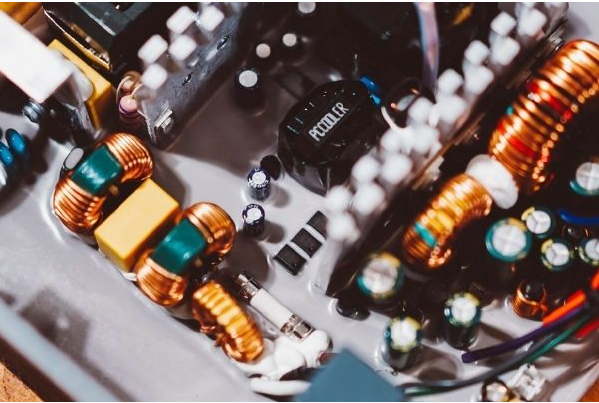Everyone knows that to make a DC power supply PCB board is to turn the designed DC power supply schematic diagram of the DC power supply PCB board into a real DC power supply PCB. Please don't underestimate this process. There are many DC power supplies that work in principle. The things that are difficult to achieve in engineering, or the things that others can achieve, others can’t.
Therefore, it is not difficult to make a DC power supply PCB board, but it is not an easy task to make a DC power supply PCB board. The two major difficulties in the field of microelectronics are the processing of high-frequency signals and weak signals. In this regard, the level of DC power supply PCB production is particularly important for PCB factories. The same DC power supply principle DC power supply PCB board design, the same DC power supply components, The DC power supply PCB produced by different people has different results, so how can we make a good DC power supply PCB board.

To clarify the design goals of the DC power supply PCB board. To accept a DC power supply PCB board design task, we must first clarify the design goals of the DC power supply PCB board. PCBA is a common DC power supply PCB board. High frequency DC power supply PCB board. Small signal processing DC power supply PCB board. Or a DC power supply PCB board with both high frequency and small signal processing. If it is an ordinary DC power supply PCB board.
As long as the layout and wiring are reasonable and tidy, and the mechanical dimensions are accurate, if there are medium load lines and long lines, certain methods must be used to deal with them to reduce the load. For 40MHz signal lines, special consideration should be given to these signal lines, such as crosstalk between lines. If the frequency is higher, the length of the wiring will be more strict.
PCB three-paint coating is usually the end of the circuit board assembly process, so it is often found that during the factory inspection of electronic components failure, the circuit board part needs to be reworked to maintain the PCB circuit board repair. Some products are due to the entire circuit during daily use. Damage to personal electronic components occurs from time to time because of board failures. It is too wasteful to replace the circuit board, and the repair method of the printed circuit board is usually used.
These two conditions require that the PCB circuit board is easy to clean after coating, and it is convenient to replace the damaged electronic components. The three anti-paint materials for the PCB board can be divided into three types of silicone organic silicone resin three-proof paint, polyurethane three-proof paint, and acrylic three-proof paint. Lacquer and synthetic rubber tri-proof paint. However, the PCB circuit board is easy to repair three kinds of only silicone resin paint and acrylic tri-proof paint.
Silicone three-barrier paint is an elastoplastic silicone chip factory resin that cures at room temperature. The main advantages are: low odor, good weather resistance, suitable for circuit board protection in various harsh environments, easy to maintain, and can be widely used in LED, electronics, electronics, communications, automobiles, machinery, defense and other industries.
Compared with silicone anticorrosive paint, acrylic anticorrosive paint has a certain odor and is not strong in weather resistance. It is not suitable for PCB use in harsh outdoor environments. But three proofs of acrylic paint have fast curing time, superior moisture resistance, high temperature resistance, and easy maintenance. It can be widely used in relays, small transformers, navigation instruments, thermal instruments, communications, precision instruments, and carrier protection in the field of electronic PCB components.